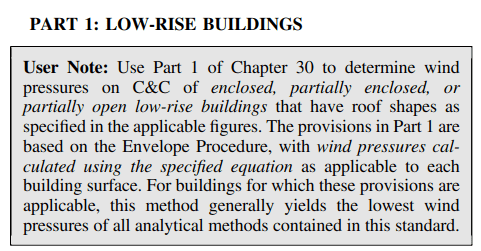smokiibear
Civil/Environmental
How does one design for components and cladding for a partially open building using ASCE 07-16 or 07-22? While I do see a definition for partially open buildings, and design for such for MWFRS, I don't see any design methods for CC.
Thank you,
Thank you,


